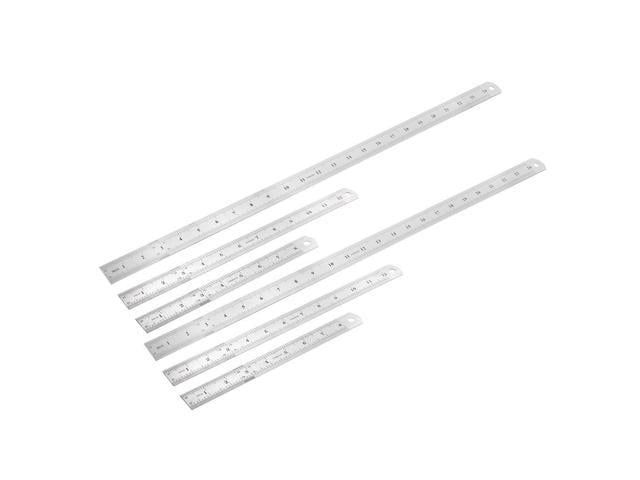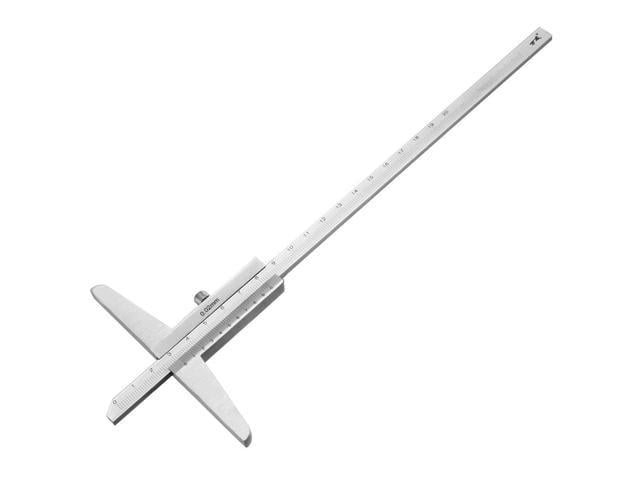Air campaign planning and execution are two extremely complex tasks in modern warfare. Each day during a major regional contingency, thousands of sorties from dozens of bases must be choreographed for maximum effect against the enemy to carry out the Joint Force Commander s intent, in concert with other friendly military activities. Today, the Contingency Theater Automated Planning System (CTAPS) assists this task, using a large assortment of modern computer tools. Although CTAPS is an enormous improvement over previous planning and execution methods using paper charts and grease pencils, there remain deficiencies in the survivability, deployability, and supportability of the way the Joint Air Operations Center (JAOC) implements CTAPS, otherwise known as the CTAPS architecture. However, emerging communications capabilities, coupled with existing or emerging distributed data processing technologies, promise to improve these three deficiencies through reachback operations using data-linked, but geographically separated computer workstations. This will allow most of the JAOC s personnel and equipment to remain in a secure location, rather than being deployed forward in the theater. This paper describes CTAPS and its architecture deficiencies; as well as a conceptual reachback system, along with its advantages and drawbacks. Finally, the paper recommends that the DOD, through the services, develop a reachback system for the JAOC.















